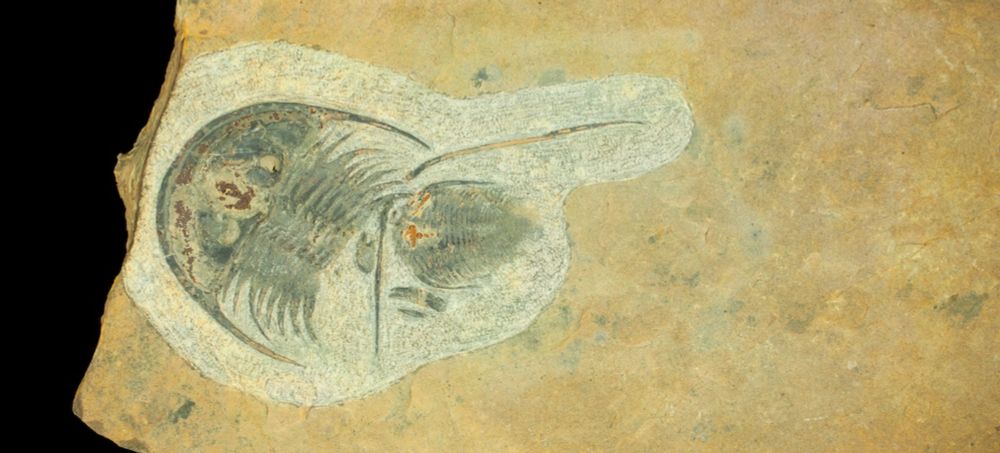Bruce S. Lieberman
@bruceslieberman.bsky.social
270 followers
230 following
49 posts
Paleontologist and macroevolutionist at the University of Kansas
Posts
Media
Videos
Starter Packs
Reposted by Bruce S. Lieberman
Reposted by Bruce S. Lieberman
Reposted by Bruce S. Lieberman
Reposted by Bruce S. Lieberman
KU EEB GSO
@kueebgso.bsky.social
· Aug 26

Outreach drawer collections and visual science communication enhance public engagement with native bee diversity in Colombia
Scientific research is often confined to academic circles, limiting public awareness of critical discoveries. This document highlights the transformative impact of science communication through an ent...
nhcm.pensoft.net
Reposted by Bruce S. Lieberman
Reposted by Bruce S. Lieberman
Reposted by Bruce S. Lieberman
Reposted by Bruce S. Lieberman
Reposted by Bruce S. Lieberman













